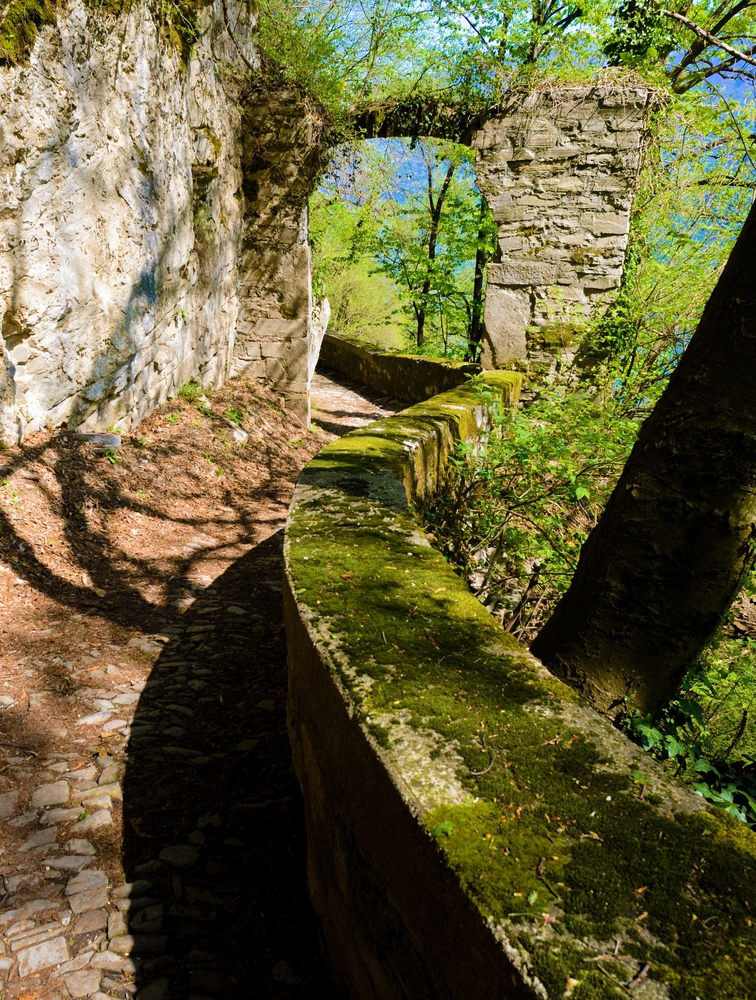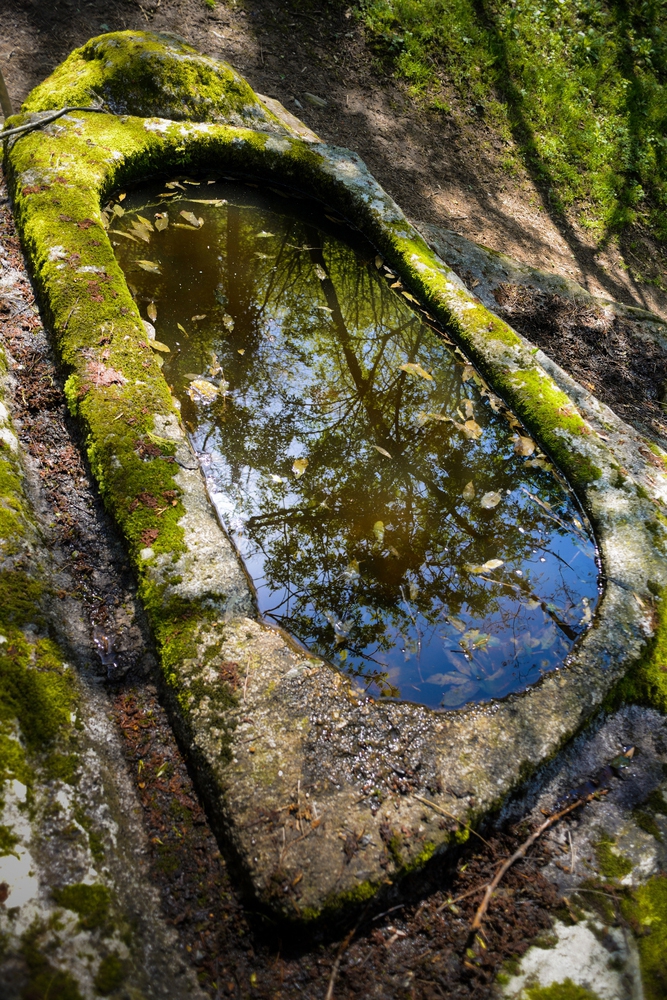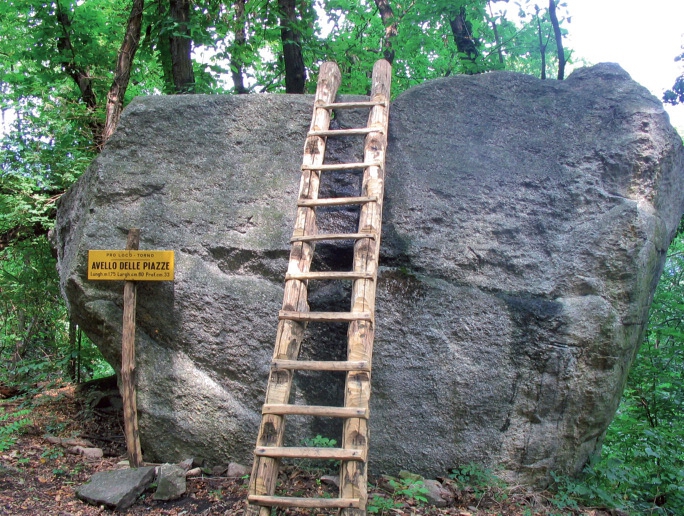-

Porta Travaina -

Porta Travaina -

Porta Travaina -

Porta Travaina
Porta Travaina Torno Like
During the Quaternary, at colder climatic periods, several times the area of the Larian Triangle was affected by large glacial flows down from alpine mountains to the edge of the Po Valley. During these advanced, glaciers exerted intense action of erosion and excavation on the rocks below and transported to the south of the huge amounts of rock debris derived from such processes. When the weather became milder, the ice melted, leaving these rock materials to form the so-called moraine deposits, characterized by a chaotic mixture of boulders, gravel, sand and even finer materials, of varied nature, which today are scattered many areas of the territory.
The size of the boulders and their "diversity" relative to the rocks upon which they rest, have intrigued and attracted man since ancient times. Numerous Roman and early Christian inscriptions are engraved on altars, memorial stones or stelae cut from boulders. The erratic boulders were often destroyed and used as construction materials or to obtain ornamental elements of houses and churches, as well as various artifacts such as grinders, troughs, fountains, memorials road.
Some of the most notable erratic boulders were declared "Natural Monuments" by the Lombardy Region in 1984, with the intention of protecting their integrity; in particular, in the area of Torno and Blevio, you may remember the Pendula Stone and Stone Nairola or Nariöla. The first, in the City of Torno, is a boulder ghiandone from Val Masino, resting on a narrow base of local limestone, probably thinned by man in order to accentuate the characteristic shape of a mushroom. The second, in the City of Blevio, looks like a large flat board, subhorizontal, always ghiandone protruding from the slope of the mountain. On this rock, along with some shells, there are other prehistoric engravings, particularly one resembling a footprint and a channel that runs like a gutter around the upper part of the rock, probably dating back to the Age of Bronze and Iron Age (I millennium BC.), and presumably related to religious beliefs and rituals. On this rock there are two different legends. According to the first, oldest, on the Stone Nariola was the devil; in front of him, on a altromasso (now destroyed), one of his companions, and together they enjoyed playing ball, rimandandosela one another. The second version, of Christian inspiration, perhaps born to exorcise the demons of the past boulder, instead justify the position protruding boulder with a miraculous intervention of the Virgin, which would keep him with his cloak.
Particularly interesting are the rock tombs, mysterious tombs shaped tub carved into boulders and generally oriented east-west. These burials, most likely intended for persons of high rank, are a peculiarity of the area from Como to Ticino, the Valtellina by Brianza. Issue of dating, the boulders tombs are attributed by recent studies arc of time between the end of the fifth century and the end of the sixth century AD, between the fall of the Western Roman Empire (476) and the occupation by the Lombards in the Como area, after the surrender of the certificates in the fortifications of the Island Comacina Byzantines (588). I'll be back in the area there is a large concentration of these particular rocks: Avello of the Maas, the Avello of Rasina, the de Avello the Piazz, the Avello of Negrenza and Avello Cascine Negrenza. Some associations in the country have placed appropriate signs to facilitate the visit of the findings and ensure the maintenance.
More to Explore.
Explore 42 other Hikes and Walks
Stroll through a manicured garden or hike atop a snow covered mountain.